River Cam flow falls to 30% of average
- Published
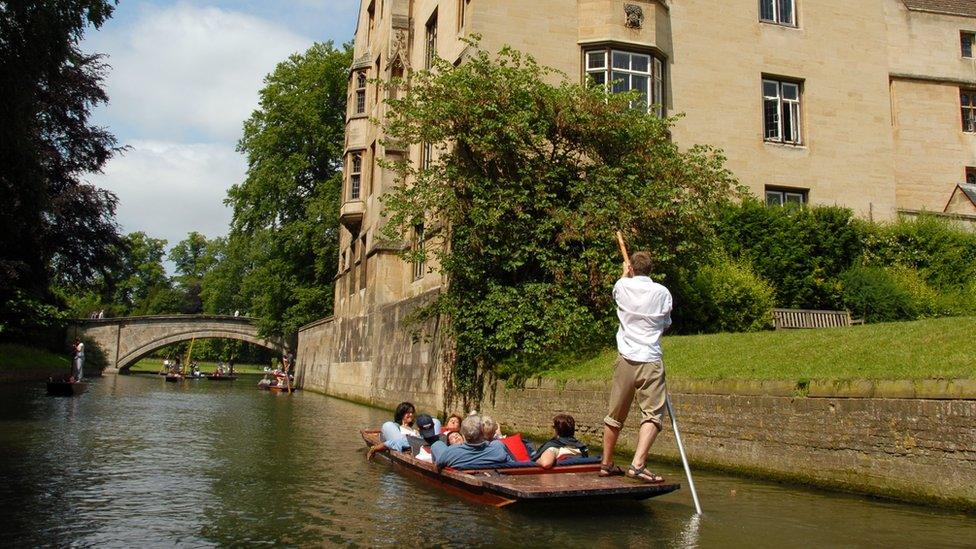
The Cam in Cambridge is protected by weirs and locks but the river conservators keep a close watch on levels
Low rainfall over several years is blamed for "extremely low flow levels" on a popular tourist river.
Parts of the River Cam around Cambridge are seeing only 30% of normal average flows, external for this time of year.
The Environment Agency has classified the flow rate as "exceptionally low" in a report.
Andrew Raine, from the agency, said it was a cause of concern for river users and restrictions had been introduced for farmers upstream of Cambridge.
"The past few years have been incredibly dry," he said.
"Upstream of Cambridge we've put restrictions on farmers' extraction licences to 8.5 million fewer litres of water per day.
"To put that in to context each person in the Britain uses 120 litres of water a day for washing, showers and cleaning."
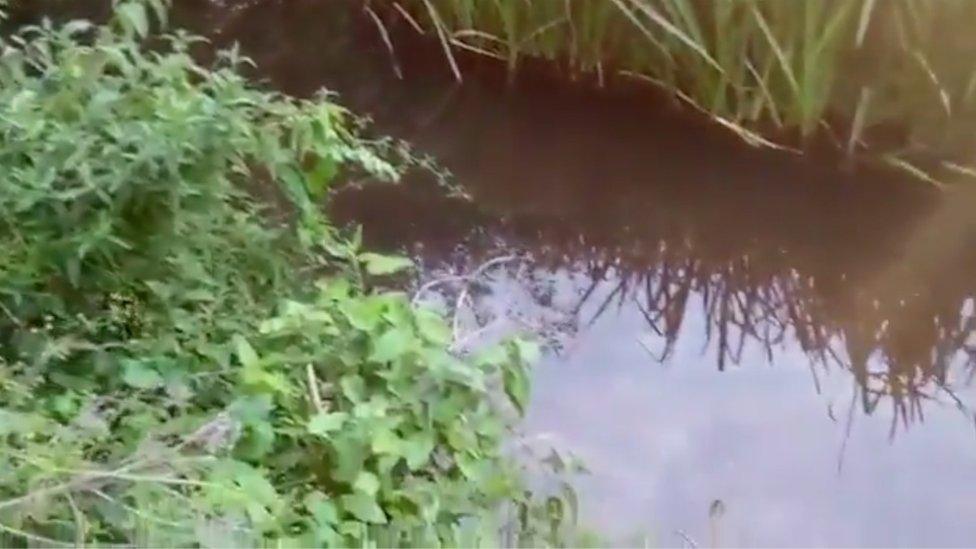
Upstream from Cambridge at Grantchester Meadows the flow of the Cam is very slow and levels are lower than normal
The impact on farmers can be grave as water is needed to boost crop yields.
Stephen Edgeley farms in Chatteris, which is part of the Great Ouse/Cam catchment area, downstream from Cambridge.
He said he relied on extraction for potatoes which needed plenty of water to achieve their rounded shape.
"If there's then no water they stop growing and that leads to misshaped potatoes," he said.
He is building his own reservoir store water.
Stephen Tomkins, from the Cam Valley Forum, is concerned that weirs and sections of the river are dry.
"People visit the river for boating, fishing, its environment and wildlife," he said.
"Rainfall levels have been falling for 40 years in one of Britain's driest areas where farmers and people need water."
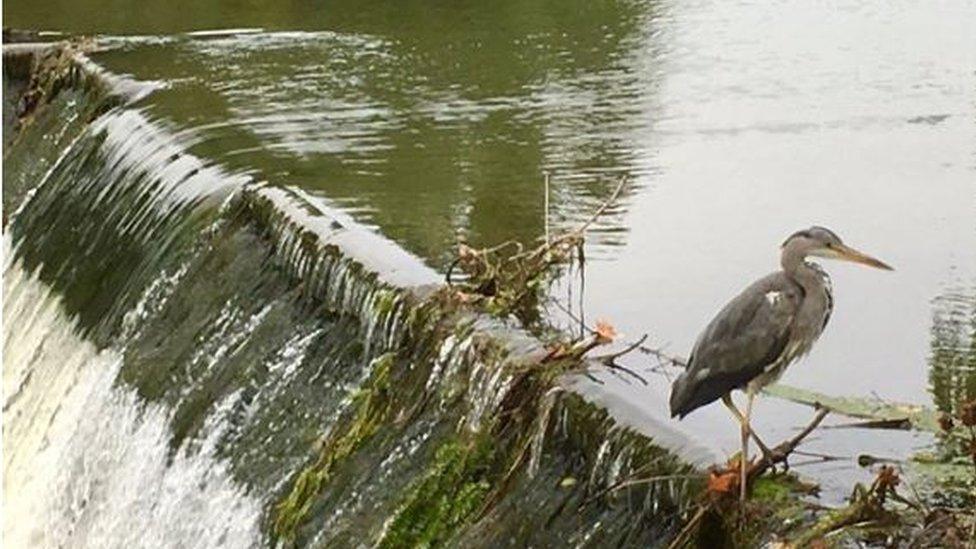
A grey heron at one of the weirs that help maintain river levels around Cambridge
Anglian Water said despite low rainfall it was not worried as Grafham Water reservoir near St Neots, which supplies Cambridgeshire, was 88% full and ground water aquifers were 50% full.
River flows were lower than expected but water could be obtained from boreholes so no restrictions were likely to be introduced on households, the company added.
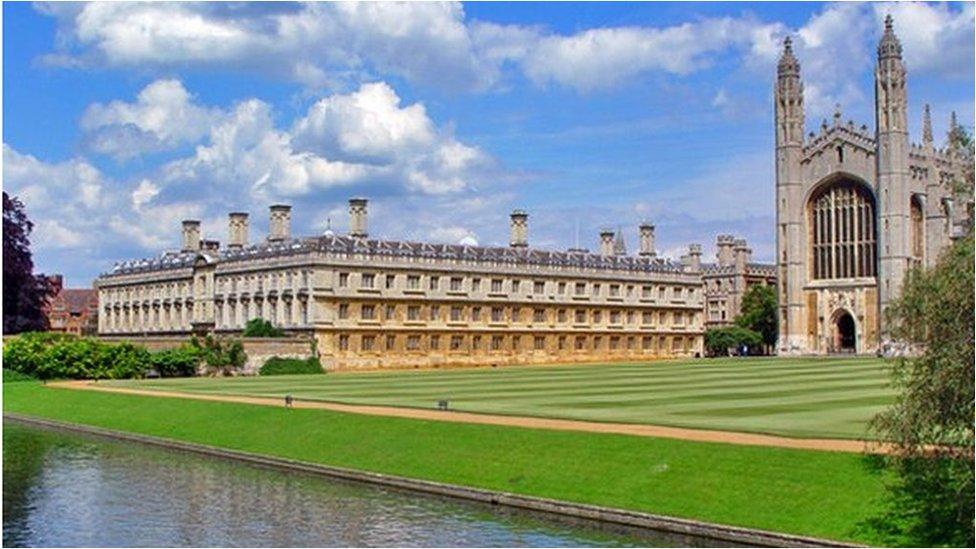
The river is a great attraction for the thousands of visitors who come to Cambridge each year
- Published19 July 2019
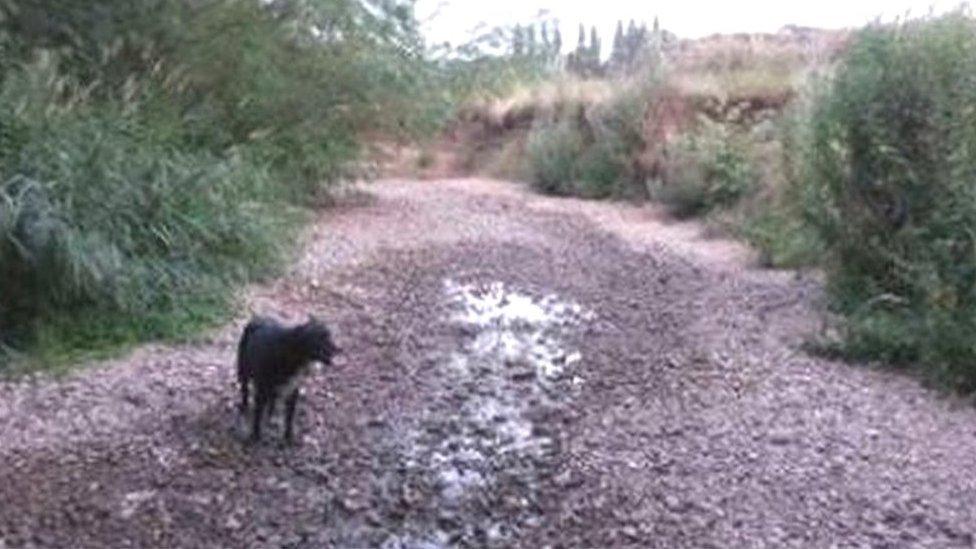
- Published23 January 2019

- Published7 August 2015
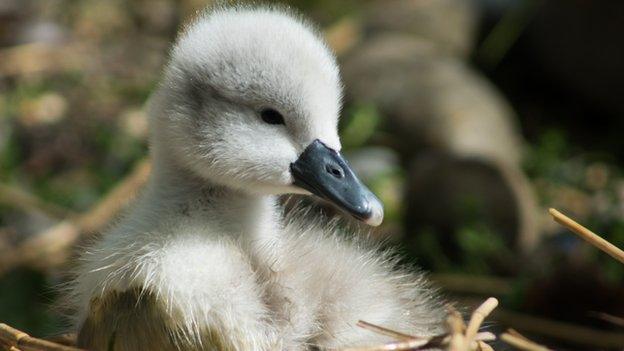
- Published1 March 2012
